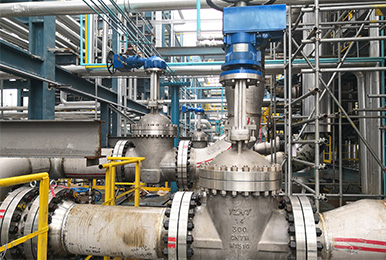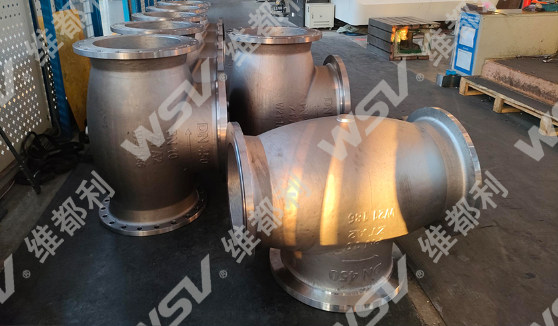Power drills are indispensable tools for both DIY enthusiasts and professionals. These versatile devices can make drilling holes, driving screws, and even mixing materials easier and more efficient. In this article, we’ll explore the various types of power drills, their features, and important considerations for selecting the right drill for your needs. Additionally, we’ll discuss how power drills can be effectively used in conjunction with materials like geomembranes in construction projects.
What types of power drills are available on the market?
Power drills come in several types, including:
- Corded Drills: Provide constant power and are ideal for heavy-duty tasks.
- Cordless Drills: Offer portability and convenience, perfect for small projects or tight spaces.
- Hammer Drills: Combine rotary drilling with a hammering action, suitable for masonry work.
- Impact Drills: Designed for driving large fasteners, ideal for tough materials.

What features should I look for in a power drill?
When selecting a power drill, consider the following features:
- Chuck Size: Common sizes are 1/2 inch and 3/8 inch; larger chucks can accommodate bigger bits.
- Battery Life (for cordless models): A longer battery life ensures more extended work sessions without interruption.
- Torque Settings: Adjustable torque settings allow for better control when driving screws or drilling into different materials.
- Weight and Ergonomics: A lightweight and well-designed drill will reduce fatigue during prolonged use.
How can I use a power drill effectively with a geomembrane?
Power drills can be used effectively in projects involving geomembranes, such as pond liners or landfill covers. Here are some tips:
- Pilot Holes: Use a power drill to create pilot holes for fasteners when installing geomembranes to ensure accurate placement.
- Screwing: Choose appropriate screws for attaching geomembranes securely; a power drill will speed up this process significantly.
- Mixing Adhesives: Certain geomembrane installations may require adhesive applications, and a power drill with a mixing attachment can streamline this task.
What safety precautions should I take while using a power drill?
Safety is crucial when operating a power drill. Follow these guidelines:
- Wear Safety Gear: Always use safety glasses and hearing protection.
- Secure the Workpiece: Ensure that the material you’re drilling is stable and properly secured.
- Check for Obstructions: Before drilling, ensure there are no hidden wires or pipes in the work area.
- Maintain Control: Keep a firm grip on the drill and maintain control, especially when using higher torque settings.
Power drills are essential tools that offer convenience and efficiency for various tasks, from home improvement to professional construction projects. Understanding the different types of power drills, key features, and best practices for use can help you choose the right tool for your needs. Additionally, when working with materials like geomembrane, power drills can enhance your project’s effectiveness. Remember to prioritize safety to ensure a smooth and successful drilling experience.
